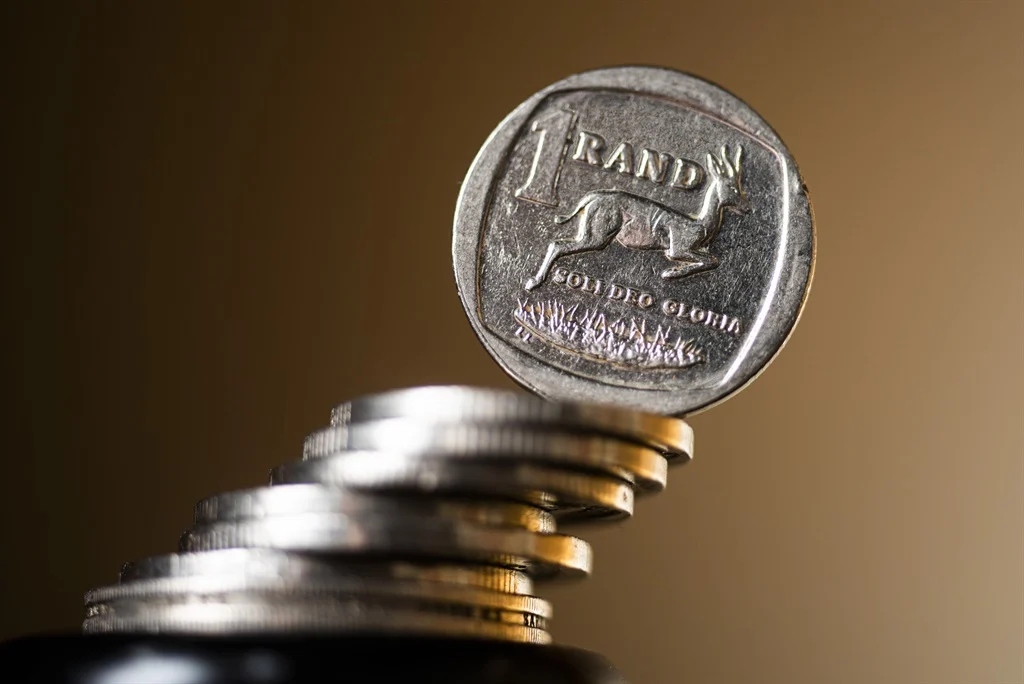Treasury Battles Deepening Gap Before Mini-Budget
South Africa’s fiscal deficit is widening toward 5.4% of GDP, forcing higher borrowing and bond issuance. Yields hover near 9.8%, while the rand (USDZAR=X) stays volatile. The mini-budget on 30 October is seen as a test of fiscal credibility.

South Africa’s fiscal position is deteriorating faster than expected ahead of the upcoming mini-budget, forcing the National Treasury to raise borrowing amid weaker revenue and rising debt-service costs. Preliminary data for Q3 show total expenditure up nearly 8.4% year-on-year, while revenue growth slowed to 2.1%, reflecting underperformance in corporate-income and VAT collections. The budget deficit is now tracking close to 5.4% of GDP, overshooting the February projection of 4.9%.
Government bond auctions have expanded in size to maintain liquidity, pushing gross borrowing requirements for FY2025/26 toward R520 billion. The 10-year yield rose above 9.8% last week, narrowing only slightly to 9.73% on Monday, underscoring investors’ concern about fiscal credibility. Debt-service costs now absorb about 20 cents of every revenue rand collected, a burden compounded by subdued GDP growth averaging 1.1% for 2025.
The Treasury is expected to announce spending containment measures on public-sector wages and infrastructure outlays, but unions have already signaled resistance. Analysts say the short-term relief from the recent FATF grey-list removal cannot offset the structural gap between expenditure and tax performance. With the primary deficit widening, the debt-to-GDP ratio could breach 77% by mid-2026 unless stronger nominal growth materializes.
The South African Reserve Bank, which has maintained its repo rate at 8.25%, remains cautious about premature easing, given that inflation expectations hover near the upper band of the 3–6% target. Fiscal slippage has complicated the Bank’s forward guidance by weakening the rand’s stabilizing channel. The local unit (USDZAR=X) remains volatile near R17.90, mirroring shifts in global risk appetite and domestic budget sentiment.
Global conditions offer little reprieve. Oil prices (CL=F) stay elevated near US$88 per barrel, adding imported-inflation risk, while the U.S. dollar index (DXY) remains firm around 105. In this context, fiscal consolidation is seen as the only credible anchor to restore investor confidence. Market participants expect Finance Minister Enoch Godongwana’s mini-budget on 30 October to set out a medium-term fiscal rule linking expenditure ceilings to revenue performance, with tighter enforcement mechanisms on state-owned enterprises.
Sustained credibility gains could lower sovereign-bond risk premiums by 40–50 basis points, but execution risk remains high. The coming quarter will determine whether South Africa can stabilize its debt trajectory before rating agencies recalibrate their outlooks in 2026.





